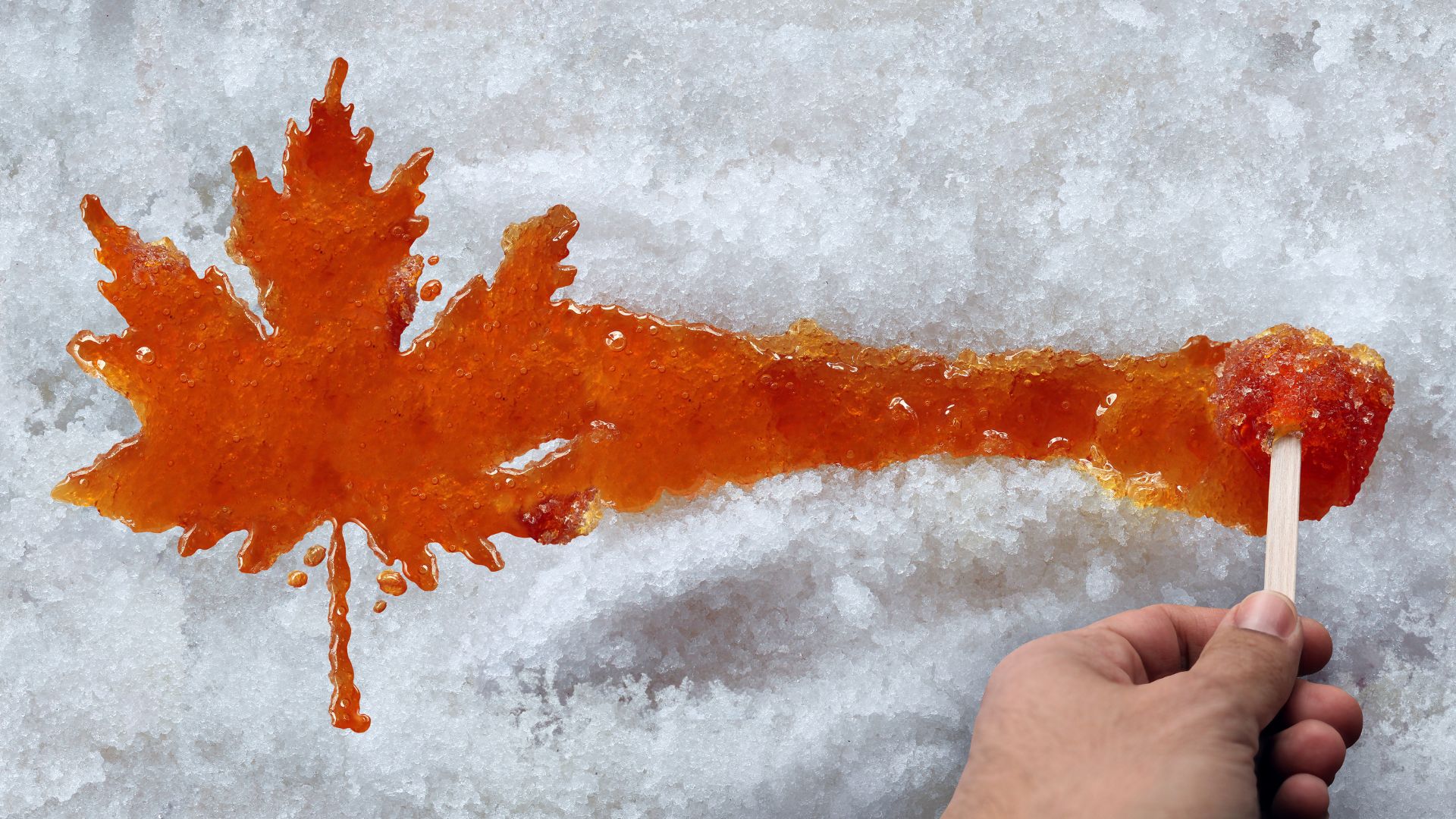Updated for 2025
March is maple month in the Berkshires. In fact, that sweet golden nectar you pour over pancakes and waffles is widely celebrated throughout the state in late winter/early spring. Warm days and cool nights signal that the maple sugar trees will soon release their sap. And when the sap starts to flow, the trees are tapped and buckets collect the sticky liquid that will eventually be transformed into syrup and other tasty products you can sample at local sugar shacks.
Cooking with Maple Syrup
Certainly, maple syrup plays a featured role at breakfast here at our country estate in the Berkshires. Our honey pecan waffles and maple-glazed French toast wouldn’t be the same without it. But more and more, we’ve noticed that it seems to find its way into both sweet and savory dishes. Add it to butternut squash, baked beans, or your favorite chicken wing recipe as a glaze. The Massachusetts Maple Producers Association dedicates an entire page of its website to some yummy ways to cook with maple syrup.
From Sap to Syrup
Sugar maple trees love the chill of the northeast. Those same trees that painted the landscape in brilliant reds and golds in fall release their sugary sap only when the weather cooperates. Sugar weather requires freezing nighttime temps followed by mild days to coax the trees to release their sap. But when they do, it’s all hands on deck. Once the trees are tapped, the sap starts to flow and gets collected in buckets or captured by a system of tubing and sent to a collection tank in the sugar house. It takes about 40 gallons of sap to produce 1 gallon of syrup, involving a labor-intense sugaring-off process. It’s no wonder that real maple syrup is considered a luxury and one that is worth every penny.
Deciphering Maple Syrup Grades
If you grew up dousing your pancakes with Mrs. Butterworth’s, you’ll need an introduction to the somewhat confusing grading system for real maple syrup. The color, taste, and best uses for each grade were once grouped as grades A, B, or commercial. Today, all syrup falls under the general heading of grade A but with distinctive notes of color and taste.
- Grade A, Golden Delicate Taste: Pour liberally over waffles, pancakes, and French toast.
- Grade A, Amber Rich Taste: This syrup has a slightly stronger and deeper flavor, but it is still a good breakfast syrup.
- Grade A, Dark Robust Taste: Perfect for baking or pouring over vanilla ice cream for dessert.
- Grade A, Very Dark Strong Taste: Folks with a sweet tooth will appreciate the intense maple flavor.
Berkshire Sugar Shacks
You’ll find sugar shacks all over New England, but here in Massachusetts, you’ll find the bulk of them in the western part of the state. While most are open to taste and tour during sugar season, a few feature farm stores and modest restaurants. What could be better than purchasing a gallon or two of pure syrup directly from the producer? Here are some of our favorite Berkshire sugar shacks.
- Davenport Maple Farm, Shelburne, MA
- High Hopes Farm Sugar House, Worthington, MA
- Ioka Valley Farm, Hancock, MA
- Maple Corner Farm, Granville, MA
- North Hadley Sugar Shack, Hadley, MA
- Williams Farm Sugarhouse, Deerfield, MA
Massachusetts Maple Weekend: March 8 & 9, 2025
Come visit us for Massachusetts Maple Weekend, March 8 & 9, 2025. Witness the boiling-off process, take a tour, and get all your sticky questions answered by local maple syrup producers. Take home samples of their candy, cream, popcorn, and nuts.
Now you can see why March is maple month in the Berkshires, and we can’t wait to share it with you. If you can’t make it in March, no worries. Ioka Valley Farm offers weekend Sugar House Tours and Tastings through March and early April. Call and book your room online today.
Photo Credit: © wildpixel via canva.com

















